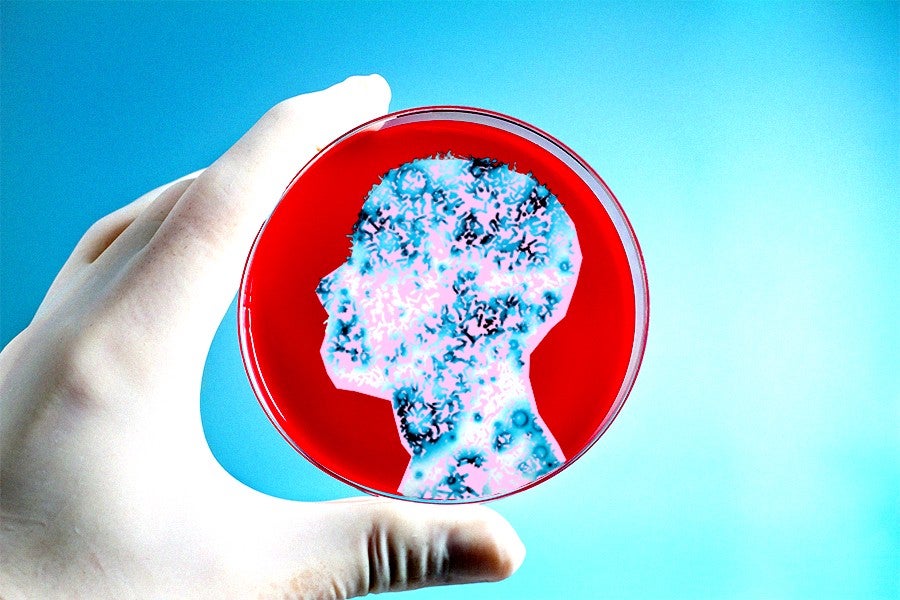If God created man in his own image, then that means God is one filthy bastard. That’s according to a study reported by the BBC last month, which states that more than half of the human body is made up of microscopic colonists and not, y’know — human stuff. “Human cells make up only 43 percent of the body’s total cell count,” writes James Gallagher.
As for the other 57 percent, well, it’s just about all the things you’ve been told to avoid your entire life. “The remaining 57 percent are bacteria, fungi and single-celled eukaryotes that live in our guts, in our mouths, on our skins, and in the female reproductive tract,” says Sarkis Mazmanian, a microbiology researcher at Caltech. “Bacteria far outnumber fungi and other microbes, and most of these microbes are found in the gut, thus almost all of the 57 percent are intestinal bacteria.”
In 2007, Scientific American reported that there are 10 times more bacteria cells in your body than human cells. “That’s been refined much closer to one-to-one, so the current estimate is you’re about 43 percent human if you’re counting up all the cells,” Rob Knight, a professor of microbiology explains in the same BBC article.
But it wasn’t always like this — that is, even though we’re born exclusively human, we become less human over the first few years of our lives as the bacterial colonies take hold. “Most studies show that humans are born without microbiome colonization, and thus, we acquire our resident microbes first during the birthing process and then throughout early life,” explains Mazmanian. “By the age of three, our microbiomes look ‘adult like.’”
Cédric Feschotte, a biologist at the University of Texas at Arlington, agrees. “I’d imagine that during our lifespan, starting from embryo, there’s a dynamic change in the number of microbes,” he says. He doesn’t necessarily agree with assigning an exact percentage — like 43 percent of human cells versus 57 percent non-human cells — his argument being that it’s too difficult to account for the myriad different types of microbial organisms that make up our bodies.
Nonetheless, Feschotte does think that as we continue to better understand how our human cells interact with non-human cells, we’ll be better able to understand the way our bodies develop — and more importantly, how to better understand disease and viruses that negatively affect the human body. “It’s increasingly evident that there are intimate actions and behavior of cells between these microbial organisms and human cells,” says Feschotte, explaining this is why he thinks there’s a growing appreciation for a holistic view of disease and how best to respond to an infection.
Knight feels the same. “We’re finding ways that these tiny creatures totally transform our health in ways we never imagined until recently,” he told the BBC.
None of which answers the main question you probably had after discovering that the majority of your so-called body is actually made up of tiny creatures: Who am I???
Sorry.

